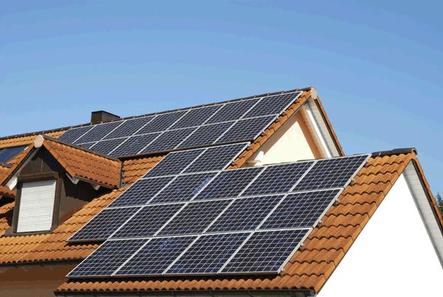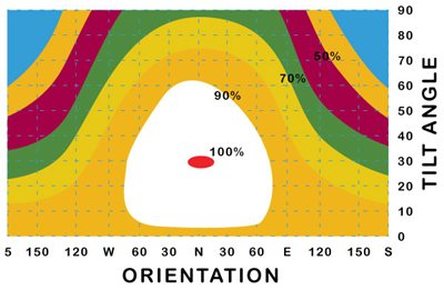How to select your solar power system
|
Solar panel array sizeLocate the largest unshaded roof area facing the northern half of the sky. Google earth or Sixmaps (NSW) both have tools to measure distance in their aerial photos.
Solar panels are typically 1.0m x 1.6 m. Work out how many panels will fit - they are typically mounted in rows - either portrait or landscape. The rated output of a typical solar panel is 250 Watts but higher rated panels are available. Four such panels would be required per 1.0 kWatt of array. |
To find out how we can help reduce your energy bills call John 0418 262706 or email [email protected]
You may also be interested in
|
Solar Power Consultation
Ecological Design offers a complete Solar Power Consultation. We do the measuring, monitoring (if required) and estimating using sophisticated tools to select the best solar power system for your needs. Click below to learn more about Solar Power Consultation |
Home Energy Consultation
Ecological Design offers a Home Energy Consultation service. In the consultation, we work out where the energy is flowing and recommend actions to reduce energy use and save money in the process. Click below to learn more about Home Energy Consultation |
Home Sustainability Consultation
At Ecological Design we realise that each home is unique in both challenges and opportunities. We are able to make pragmatic recommendations that will both save you money and make your home more comfortable. Click below to learn more about Home Sustainability Consultation |



